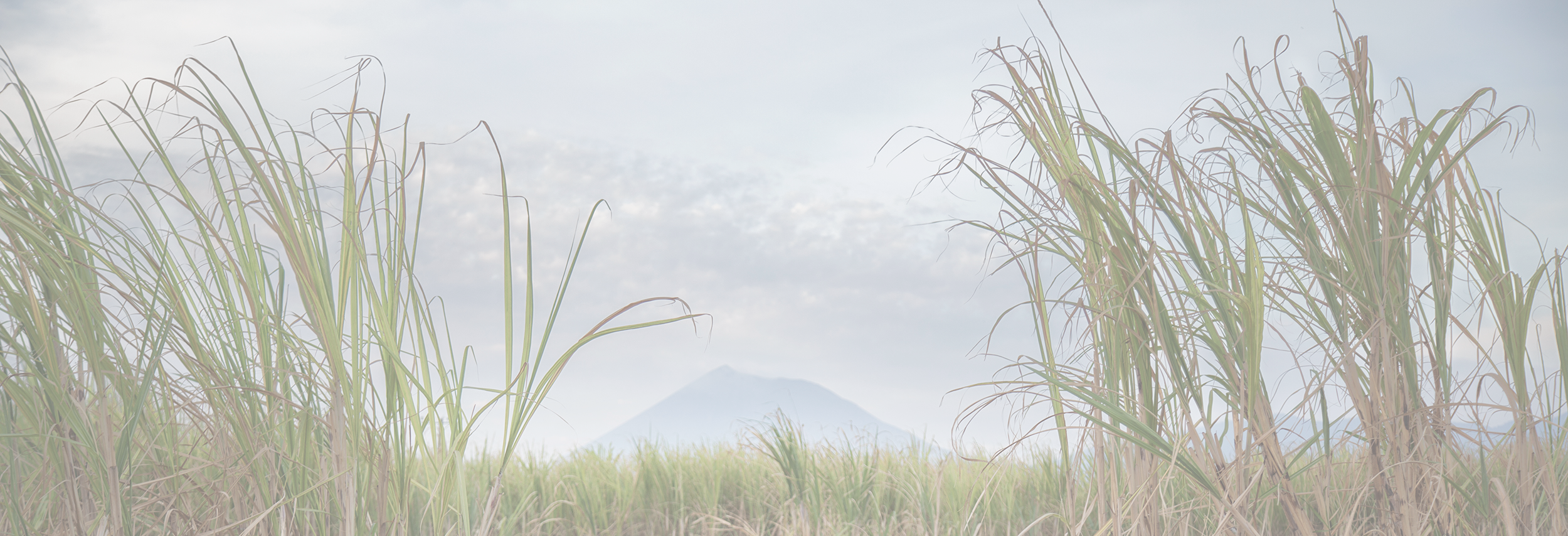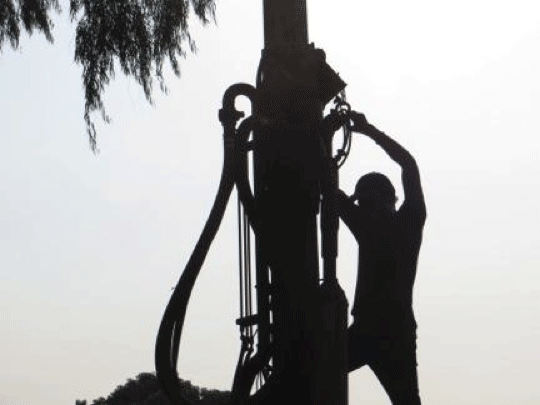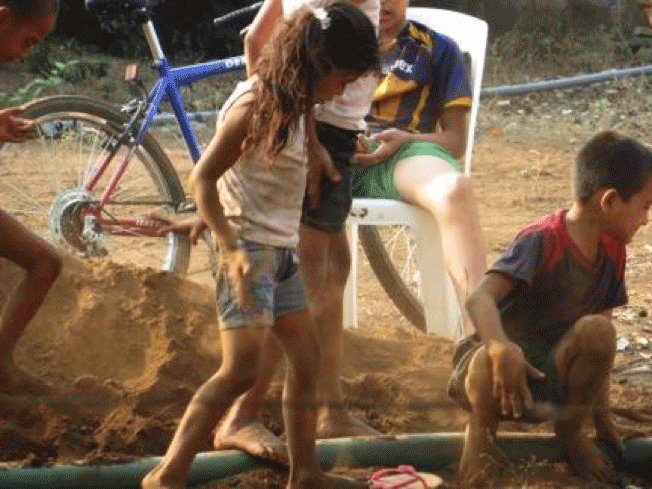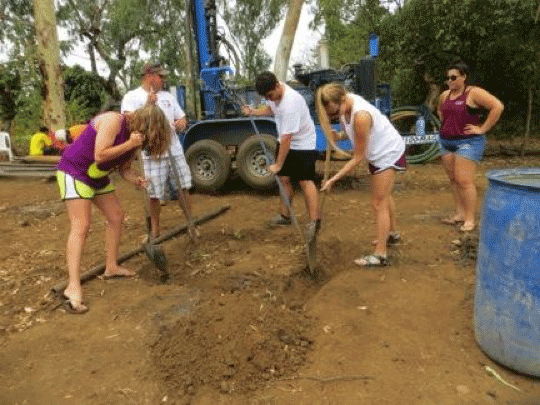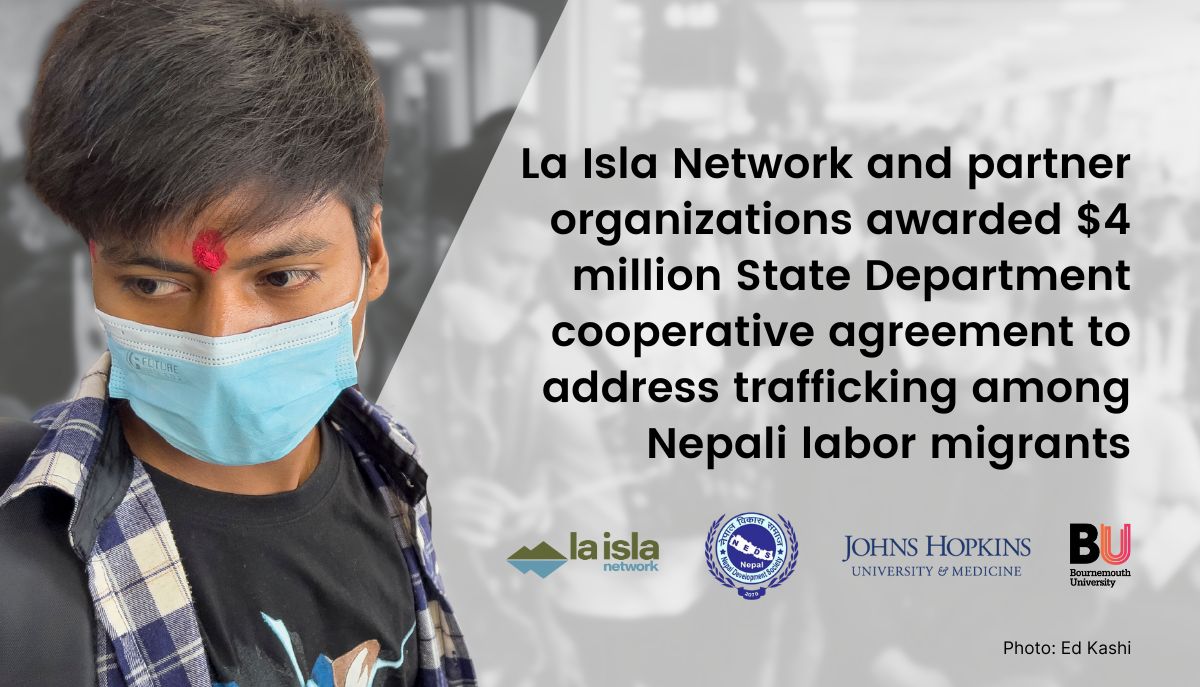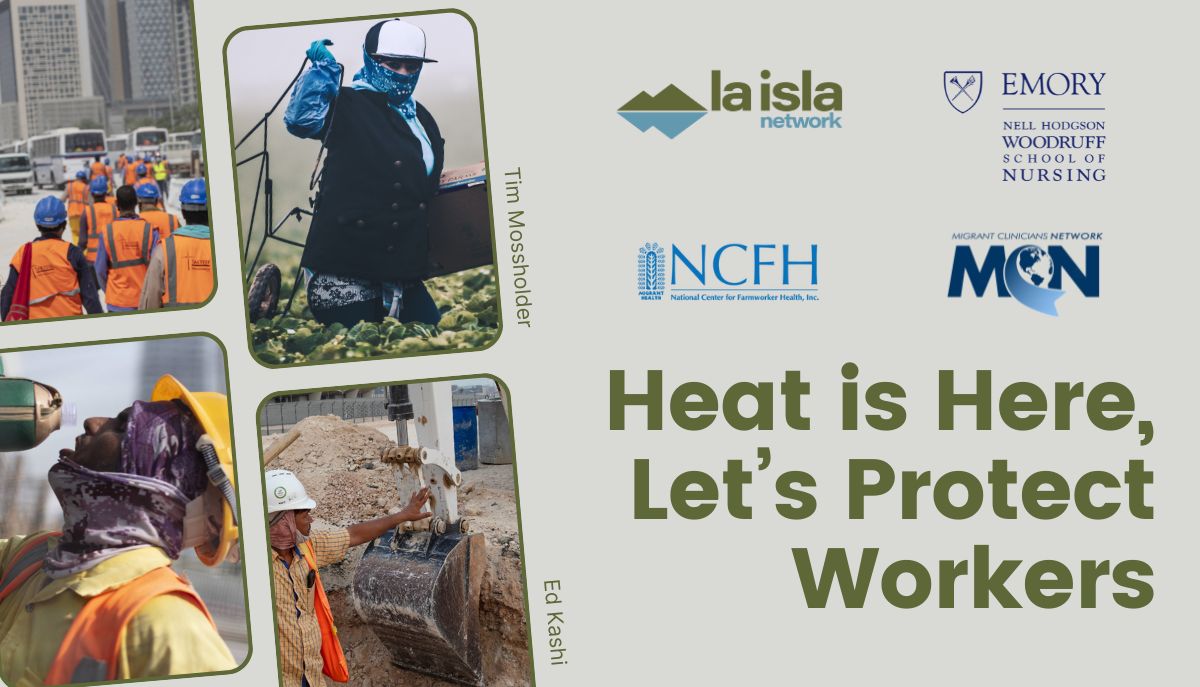After five years of working to bring clean potable water to Guanacastal Sur, the first phase is officially complete. The Texas A&M Galveston chapter of Engineers Without Borders flew in this month to lead the drilling of our first water well in the community of La Isla.
Before drilling began, a few houses had personal wells, but they only reached 5-10 meters into the ground. This is not sufficient to reach water that has not been contaminated by agrochemicals, septic waste, or other contaminants that may have soaked into the groundwater. With the help of Centro Humboldt, the drill reached 60m, ensuring fresh, uncontaminated water.
A Centro Humboldt worker breaks down the drill after the first day of work. Centro Humboldt is a local Nicaraguan territorial development and environmental management organization, and partners in La Isla Foundation’s Water Project.
During our six days of drilling, the community buzzed with excitement. Not only did community members come to the well to see what was going on, but some also joined in to help Centro Humboldt workers. Children ran around, playing. People brought out chairs to watch the drilling process. It was truly a community event.
A group of children from the community, playing in the worksite while the well is being drilled. This is the first of several fresh water wells that will be built in the Guanacastal Sur community.
Now that the well is fully drilled, the next step is to test the water for purity, which will take about a month. After the water has been tested, the second phase will begin, and pipes will be laid out to reach all 100 houses in the La Isla sector. In a matter of months, fresh water will be available, in-house, to over 1,600 people who have never before had such access.
One of the main contributing factors to CKDnT is severe dehydration. It is impossible to keep the people of La Isla hydrated when they do not have access to fresh water. Before the well was built, people avoided drinking water altogether because they feared ingesting contaminants and harmful chemicals. It wasn’t a problem of drinking unhealthy water: they just weren’t drinking much water at all.
With this single well, we have given a whole community the opportunity to set their fears aside. Everyone in La Isla, sick or not, can now stay properly hydrated. Our pilot well is a huge step in the right direction, and I cannot wait until all our upcoming well projects are completed.
Five Texas A&M Galveston students with Engineers Without Borders traveled down to Chichigalpa for the week to help with breaking ground of the pilot well.
By Heather Pitcher
Heather is a community development volunteer currently working in LIF’s English school program in Chichigalpa. She is a graduate of the University of California Santa Barbara.


